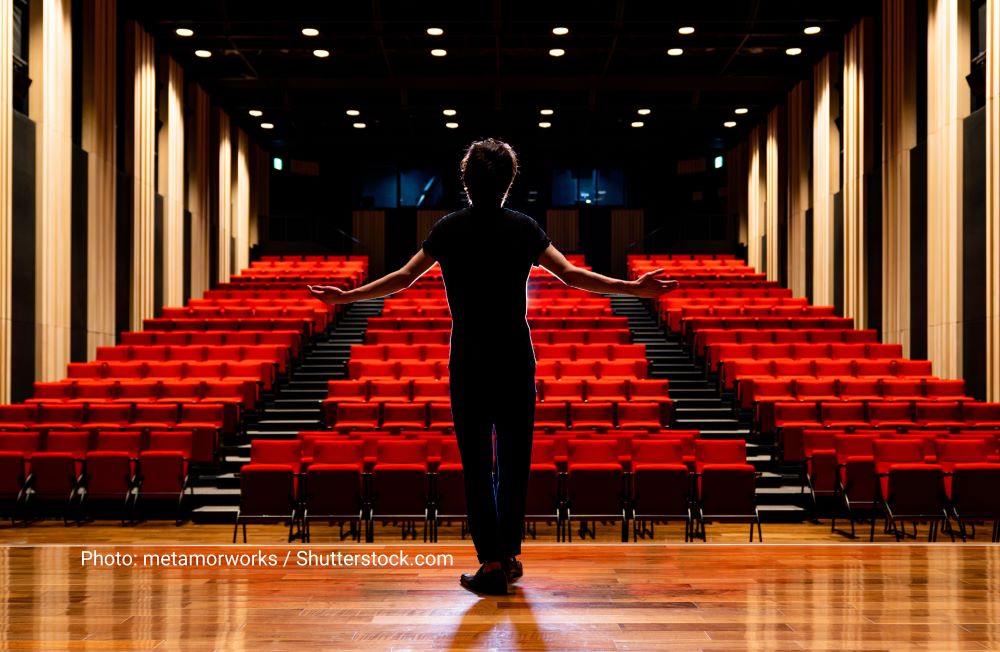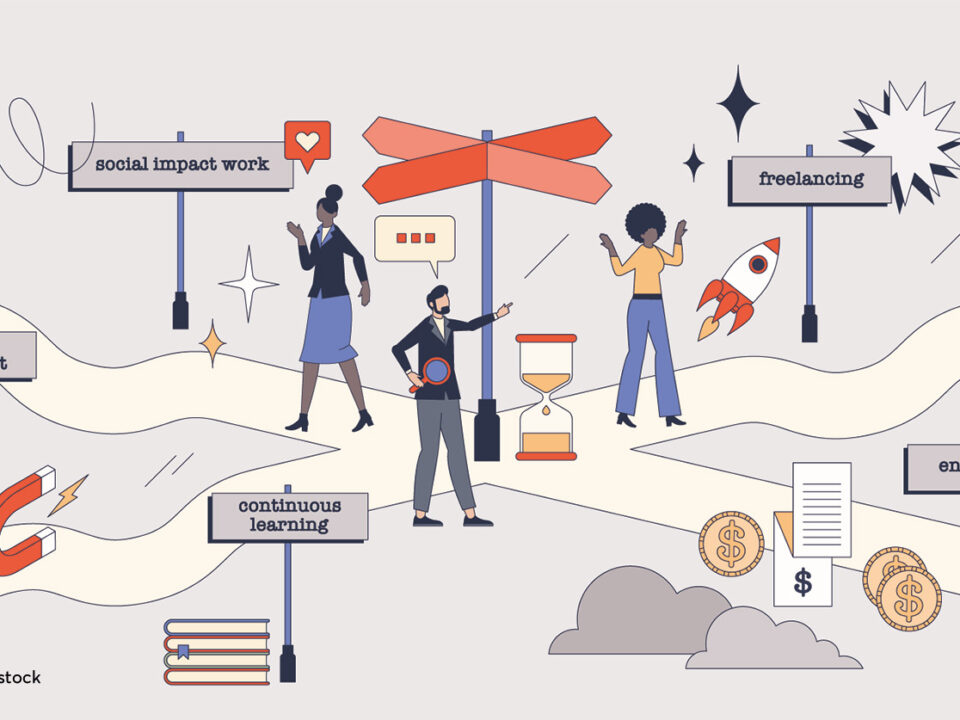Labour insecurity and collective action of actors during the pandemic – “Demanding visibility as workers”

The demonstrations mounted by actors in early 2023, expressing their opposition to Presidential Decree 85/2022 – which recognises drama school degrees as secondary school qualifications (SE), equating them with high school diplomas – complaints about working conditions in the sector made in the context of the #Metoo movement, and the problems that emerged during the pandemic due to the inadequate benefits policy for artists, brought the labour problems of artists/actors to the fore. Following the first mass demonstration of art workers on 7 May 2020, along with the actions and interventions of the online collectivity Support Art Workers (SAW), we see artists’ need to become visible as workers, more and more frequently pursuing recognition as ‘art workers’ through their associations.
The international literature has shown that, despite increased levels of precariousness and unemployment in the arts sectors, there are ideological and structural obstacles to unionising artists: the prevailing labour arrangements [e.g., freelancing, (pseudo)self-employment, intermittency or project-based work, multiple jobs and jobs in non-arts sectors] complicate labour organisation in the workplace and prevent the emergence of stable collectives. What’s more, the mindset of artists themselves – who tend not to see themselves as employees – the meaning many artists attach to their work, their desire to express their creativity, the pursuit of individual recognition and career paths based on individualist strategies that inadvertently promote conditions of ‘(self-) exploitation’ and cheap or unpaid labour make it difficult to consolidate collective identities and collective action.
In the case of actors in Greece, their labour market is open, and from a formal standpoint, anyone can practice the profession of actor without qualifications. And even before the outbreak of the financial crisis, the profession suffered from lack/absence of regulation. The situation deteriorated after the collapse of the collective labour agreement in non-equity theatre (2011) This resulted in, among other things: employment under project contracts; daily or, at best, three-month contracts; widespread undeclared and unpaid work; establishment of payment by performance and/or percentage of performance revenues; and virtually unpaid rehearsals. All of this, of course, was accompanied by rampant unemployment in the sector. The employment conditions of actors that took shape during the economic crisis are key to understanding how active actors are in their unions. While the majority of actors were registered with the Hellenic Actors’ Union, they were not active, and rarely contacted the Union to complain of mistreatment at the hands of employers.
Despite these obstacles, and somewhat paradoxically, the pandemic crisis proved to be fertile ground for the activation of actors – initially, mainly outside the Union. The shortcomings of the benefits policy brought to the surface chronic problems in their labour market and gave rise to a sense of general discontent and injustice, given that, from their perspective, they were a category of workers who were ‘invisible’ to the state. At the same time, however, these very conditions sparked discussions and collective processes, mainly due to actors themselves realising how precarious their working conditions were. Moreover, in contrast to the individualism that was an obstacle to collective action before the pandemic, the sheer scale of labour problems during the pandemic highlighted labour vulnerability and the need for collective action. At this critical moment, SAW played a catalytic role, given that: it shone a spotlight on artists’ labour problems, giving a ‘voice’ mainly to those who were not members of unions or who were ‘alienated’ from them; it created a rallying space where mainly young actors – the crisis generation – could express themselves. Irrespective of its limits (institutionally and online), the case of SAW shows that networks of this kind can be a new channel for representing the interests of workers outside the workplace – networks that can also have a relationship of complementarity and mutual empowerment (and not competition) with traditional unions. At the same time, SAW filled a double role: on the one hand, it awakened syndicalist sentiments and functioned as a kind of ‘training in trade unionism’ for the actors who actively participated in the initiative; on the other hand, it served as a path back to the Union for actors who had distanced themselves from it in previous years.
In general, these efforts towards collective organisation are important for studies on the revitalisation of trade unionism, as they demonstrate the type of actions that unions could adopt in order to mobilise and represent many ‘new’ categories of workers in the cultural and creative industries (and beyond!), while at the same time they can show the way not only to collective organisation and action of insecure workers, but also to conceptualisation of solidarity beyond the boundaries of traditional dependent salaried employment.
-
 Christina Karakioulafi
Christina Karakioulafi
Associate Professor, Department of Sociology, University of Crete



